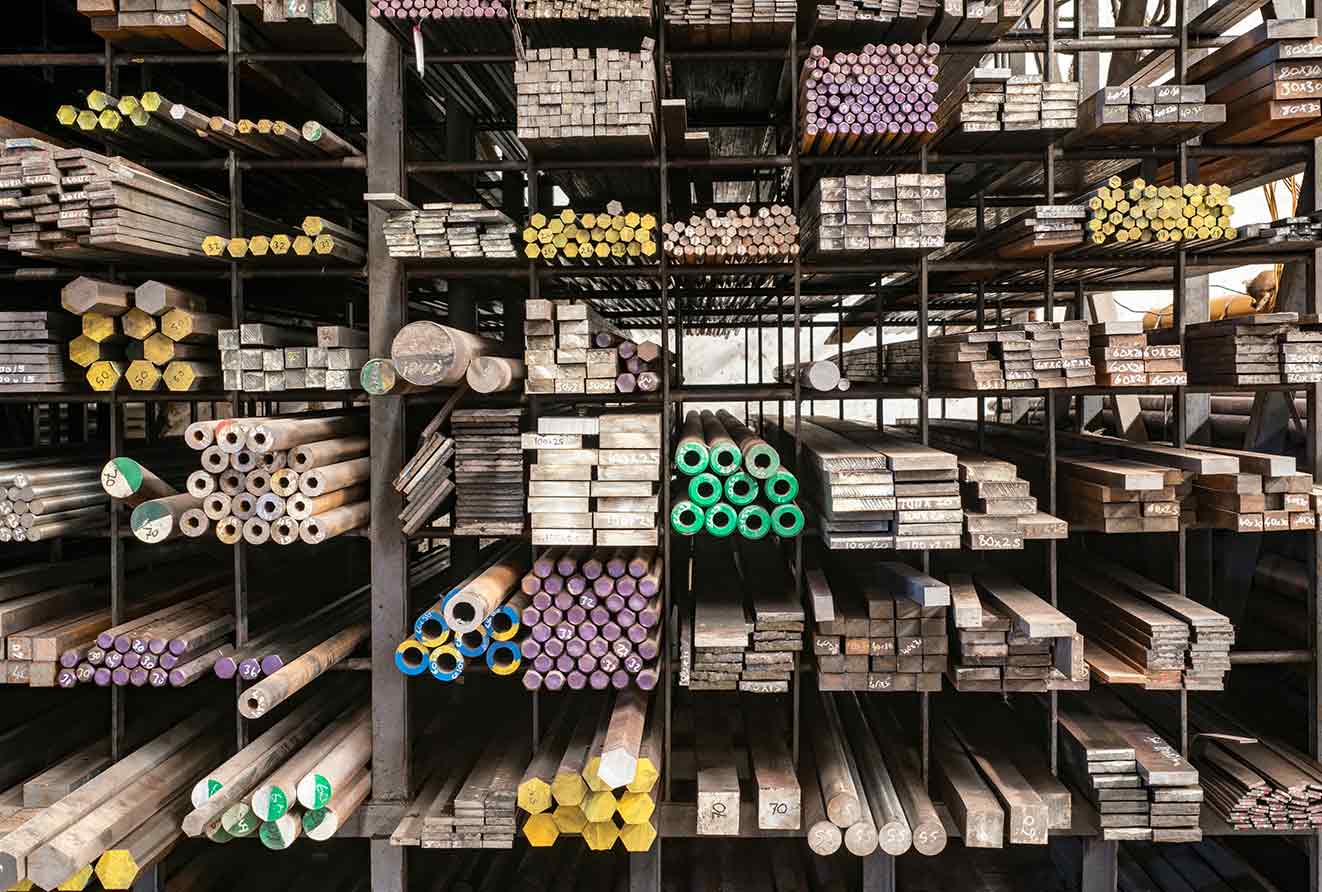How to assess whether a raw material is really becoming critical?

It’s a fact: the French and global industrial sector is heavily depending on many raw materials to ensure its digital transformation and energy transition. How do we anticipate the future supply chain for rare metals, monopolistic raw materials, and metals with very low reserves? ALCIMED, an innovation and new business consulting firm, has reviewed the criteria impacting the criticality assessment of a raw material.
Many institutions, such as the European Commission, the Geological and Mining Research Bureau (BRGM), the United States Geological Survey (USGS), and the British Geological Survey, regularly publish reports assessing the exposure of their national industries to raw materials supply risks. Based on these publications, ALCIMED assessed the criticality of raw materials for any industrial company according to 8 criteria, based on supply, demand, environmental and societal risks associated with raw materials’ exploitation and use. ALCIMED presents these criteria below.
Shortage risk
Like fossil fuels, the reserves of some minerals are decreasing significantly and may run out in the coming decades. These raw materials will not disappear from the face of the earth, but the available resources will no longer be economically exploitable. From estimations of global annual productions and reserves published by the USGS, we notice that resources of antimony, tin and chromium could last less than 17 years at current consumption rates!
Recycling and substitution
The industry can overcome this problem in two ways: by developing recycling processes or by finding alternative materials for the major applications of these raw materials. These two criteria combined with shortage risk must be integrated to measure market risk. Some materials such as tungsten, tin or indium are very easily recycled, and more than 33% of their supply comes from the recycling sector.
Geopolitical risks
For some raw materials, the majority of their reserves are found in very few countries, sometimes even in a single one, which has a significant impact on the criticality of these raw materials. Evolution of antimony’s and cobalt’s reserves and production rates in 1996, 2006 and 2016 according to the USGS Reserve (in years). The most striking example of this in the past 10 years is that of rare earth metals. These elements essential for energy transition and digital shift (e.g. used in permanent magnets in wind turbines, smartphones, electric vehicles…) are extracted at more than 80% from China. In early 2010, China introduced quotas for the export of its rare earth metals (neodymium, dysprosium, etc.). Thus, it has forced Japanese and American industries, such as manufacturers of permanent magnets, to set up their production plants in China. Through the creation of joint ventures, China has been able to move up the value chain, and has removed its quotas in order to limit the deployment of new mining projects elsewhere in the world. China, Congo, Brazil or South Africa could use the same strategy with other raw materials. “Currently, China controls more than 50% of the world’s production of antimony, bismuth, vanadium, magnesium or graphite, Congo controls the production of cobalt, Brazil controls the production of niobium, and South Africa controls the production of platinum,” adds Guillaume Passard, Consultant in the Energy, Environment and Mobility Business Unit at ALCIMED.
Production risks
Some raw materials are co-products of other minerals production processes. For example, zirconium production is dependent on titanium production. Fluctuations in the latter can therefore have a direct impact on zirconium market. Conversely, a sharp increase in demand for zirconium can induce substantial pressures if titanium production is limited. A thorough understanding of the production process of each raw material is therefore necessary for market risk assessment.
Shifts in demand
When application sectors are growing rapidly, the demand for certain raw materials tends to increase: application sector trends are key. Currently, the most at risk materials (rare earths, cobalt, chromium, tungsten…) are those used in energy storage (batteries), renewable energies (solar panels, wind turbines), electric vehicles (specialty alloys), and digital equipment (smartphones, tablets, computers…) applications. It is also important to understand whether research projects that aim at substituting or limiting the consumption of a raw material in these major applications exist.
Storage strategies
When governments or certain investment funds communicate on their purchasing or storing strategies for raw materials, it is important to consider this carefully. Recently, the Chinese government and many hedge funds have heavily invested in the purchase of cobalt. This has directly impacted prices and put the cobalt market under considerable pressure.
HSSE risks
Finally, risks to human health and the environment, as well as social impacts related to mining, metal refining or the use of raw materials, directly impact supply and demand. The impacts are particularly strong when manufacturers impose constraints on their suppliers, when new regulations come into force, or when the public boycotts certain products (due to their poor public image). For example, the exploitation of cobalt, an important element in cell phone batteries, is associated with child labor in Congo. To “reassure” the public, telephone giants such as Apple and Samsung have committed to proving traceability of the cobalt used in their products. “Evaluating each of these criteria is an essential step to anticipate market risks associated with a commodity. They are also must-follow indicators for an industrial company willing to better define its purchasing, industrial and research strategies,” concludes Guillaume Passard.
Do you have an exploration project?
Our explorers are ready to discuss it with you